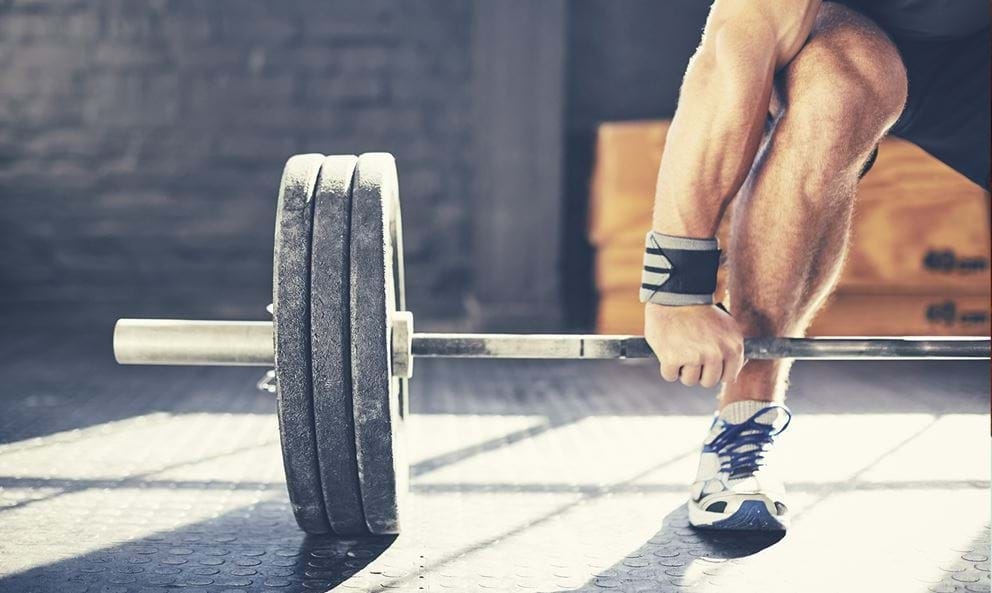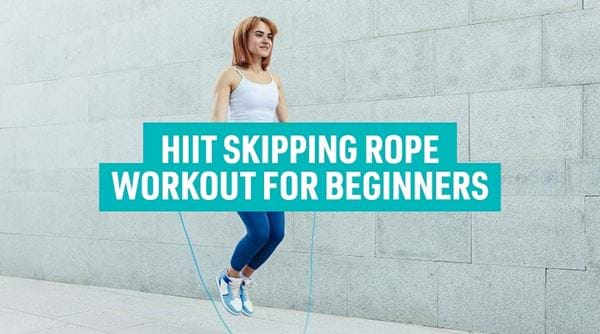Is it Time to Deadlift?

Once upon a time, it used to be the case that all men who wanted to size up the competition in the gym would ask, “how much do you bench?” Today, the fitness-wise among us are just as likely to ask “how much do you deadlift?”
With deadlifts now being widely acknowledged as a cornerstone movement in any good strength program, there’s only one question to ask.
Is it time to deadlift?
The benefits of deadlifting
To put it simply, the deadlift is a monster exercise. There’s a reason serious lifters constantly tie it with the squat as “the king of exercises”. Here are a few benefits.
Deadlifts work a lot of muscles
Not only do deadlifts work all the muscles of the lower body (especially the hamstrings and glutes), they also give the core a serious workout. The lower back is directly involved in the movement, while the abs play a crucial role in stabilisation.
In addition to that, virtually every other muscle in the body is put under tension by the sheer weight that gets handled. You’ll never see a heavy deadlifter without good traps and a thick upper back.
Deadlifts can improve posture
Bad posture is often largely down to weak core muscles. Deadlifts will strengthen these muscles and can make a big difference in improving your posture. This is especially true if you spend most of your day sitting down.
Deadlifts are an extremely ‘functional’ exercise
When it comes to “functional” training, the bench press may not be top of the list. You won’t often find yourself on your back, having to press a load straight up off your chest.
You will, however, have to pick objects up off the floor throughout your life. In other words, deadlift.
Deadlifting safely
Deadlifts rightfully have a bit of a scary reputation. If you do them wrong, they can absolutely result in severe, even life changing, injury.
Here’s how to avoid that.
Leave your ego at home
Trying to bicep curl more than you’re ready for is unlikely to cause you a major injury. Trying to deadlift more than you’re ready for can result in real spinal damage.
More than with perhaps any other lift, you need to leave your ego at home when deadlifting. Increase the weight slowly, in small increments. And if you’re really struggling, reduce the weight.
Never go to failure when deadlifting. It’s a recipe for disaster.
Proper deadlifting form
- To get into position to perform a deadlift, position yourself with the bar over your mid-foot, and with feet about shoulder width apart.
- Bend over to reach the bar, without bending your legs. Grab it at about shoulder width.
- Move into position by bending at the knees, until your shins meet the bar. Don’t let the bar roll away from your mid-foot. If it does, reset.
- Straighten your back without changing your positioning, or that of the bar. Do this by ‘puffing your chest out’. You want a flat back here, not bent forward, and not over-extended.
- Lift the weight. Take a deep breath and hold it in, tighten your grip on the bar and tense all the muscles in your body as you stand up with the weight.
Safety equipment
As you progress with the deadlift, you might reach a point where you feel that your form is perfect, but you’re still starting to get worried about the weights you’re handling, or the tension on your back.
If this is the case — look into using a weightlifting belt. The best ones for safety during the lift will be thick, broad, and made of leather. Neoprene belts and similar are mostly a gimmick when it comes to heavy lifting.
For more step-by-step guides on how to perform various exercises in the gym with good technique, check out our free exercises section.


